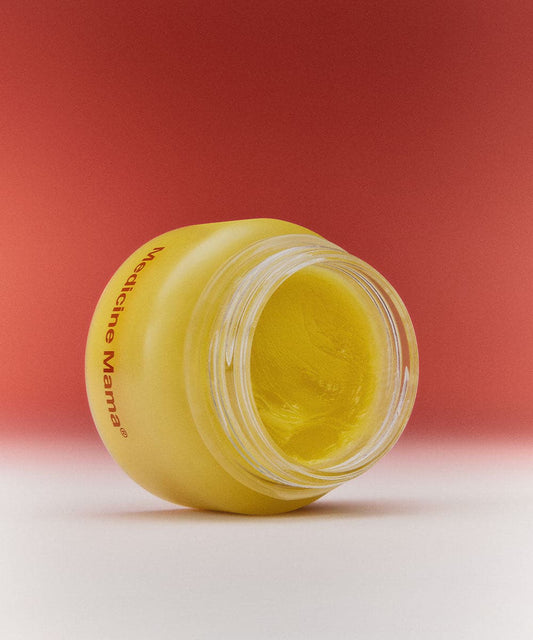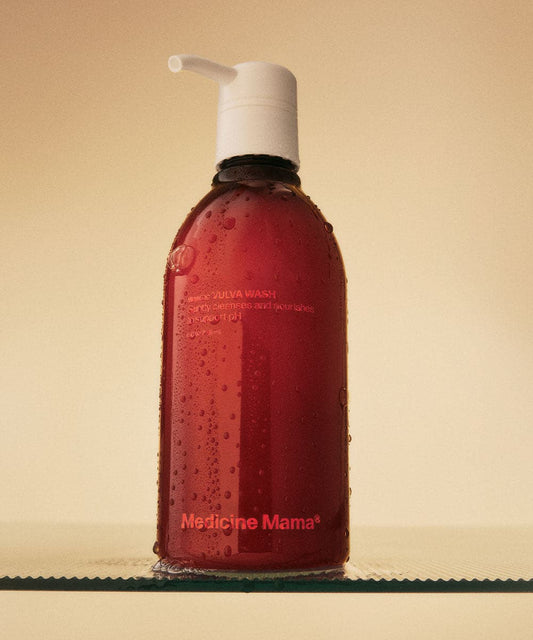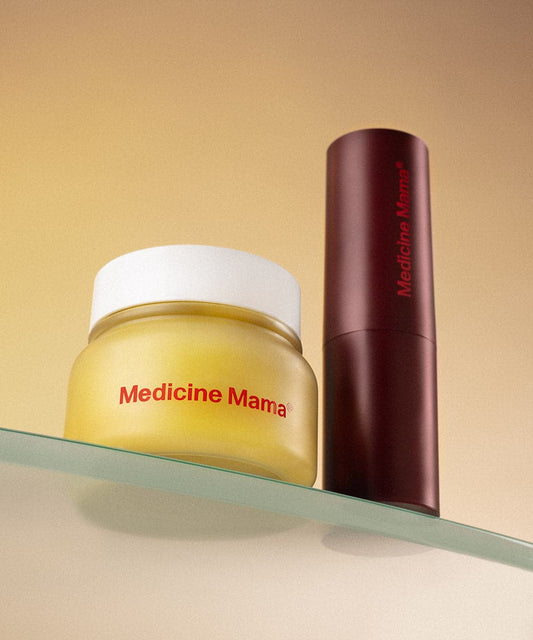Reviewed by | Dr. Clare Bertucio MD
Finding the right hair removal method can make a big difference in how you feel and look. Waxing and shaving are popular choices, each with its own set of perks and downsides. Knowing the details of these methods will help you decide which best suits your skin type, hair type, and lifestyle.
Our guide will cover the essentials of both waxing and shaving, offering practical tips and emphasizing the importance of proper aftercare. Whether you need a quick solution or prefer longer-lasting results, there’s a solution for you and your skin.
How Does Waxing Work?
Waxing involves applying a sticky substance to the skin, which adheres to the hair. Once the wax hardens slightly, it is pulled off quickly, removing hair from the root. The wax is spread in the direction of hair growth, and a strip of cloth or paper is pressed on top.
After the wax cools and slightly hardens, the strip is quickly pulled away in the opposite direction of hair growth, taking the hair with it. There are different types of waxing methods, including strip waxing, where cloth or paper strips are used, and hot waxing, where the wax itself hardens and is pulled off without strips.
Each method has its unique benefits, and what works for your best friend or even a sibling might not work for you! Some trial and error may be needed to find a wax that works for your skin, so don’t hesitate to have a long chat with your esthetician if you’re unsure or uneasy.
What Are the Pros of Waxing?
Since waxing removes hair from the root, it takes longer for hair to grow back than shaving. Typically, you can expect to be hair-free for about three to six weeks, depending on your hair growth cycle.
In addition to longer-lasting results, waxing can also have the benefit of making hair removal easier in the future, and the more you do it, the more likely it is you’ll be able to wait even longer between each wax session.
This is because — contrary to the myth that waxing or shaving causes hair to grow back thicker and darker — with repeated waxing, hair often grows back finer and softer. This is because the hair follicle weakens over time, making the hair that grows back less coarse. If you find waxing painful, this is good news, too, because it means hair removal is likely to get less painful over time.
What Are the Cons of Waxing?
The waxing process can be painful, especially for those with low pain tolerance. The sensation of having hair pulled out from the roots can be intense, particularly in sensitive areas like the bikini line or underarms. The pain usually subsides quickly, but it can be a significant deterrent for some people.
As with any hair removal tactic, it’s also possible that improper technique or care can lead to ingrown hairs and irritation. Ingrown hairs occur when the hair grows back into the skin instead of rising above it, causing inflammation and sometimes infection. Ensuring proper technique and aftercare can help minimize this risk, but it’s still a potential downside to consider.
How Do You Ensure a Positive Experience?
Look, there’s always a margin for error. Even with the best preparation, it’s possible that waxing won’t work for your skin or that you’ll have a negative reaction. So, while you can’t guarantee that your first wax session will be smooth and pain-free, there are things you can do to give your skin the best possible chance to recover.
Exfoliate the skin before waxing to remove dead skin cells and reduce the risk of ingrown hairs.
After waxing, your skin deserves the best care to soothe and heal.
Look for organic, hormone-free vulva moisturizers designed to relieve dryness and irritation, providing immediate comfort. These balms often contain a blend of organic oils, rich in essential fatty acids that restore and replenish your skin's natural moisture.
How Does Shaving Work?
Shaving cuts hair at the skin's surface using a razor or electric trimmer. Unlike waxing, it does not remove hair from the root. This method involves gliding a razor blade over the skin to slice off hair as close to the skin's surface as possible. Electric trimmers work similarly but use a moving blade to trim hair at the skin level without making direct contact with the skin.
Shaving can be done wet, with water and shaving cream, or dry, typically with an electric trimmer. The main difference from waxing is that shaving is a non-invasive method that only cuts hair and does not pull it out, making it quicker and often more convenient, especially for touch-ups.
What Are the Pros of Shaving?
Shaving is a fast method that can be done at home without much preparation. It doesn't require any special training or professional help, and the tools needed — like a razor or electric trimmer — are readily available and easy to use.
Generally, shaving is also less painful than waxing. While you might feel some discomfort from nicks or razor burn, it is typically far less painful than the sensation of hair being pulled from the root. This makes shaving a preferred option for those with a lower pain tolerance or who are new to hair removal.
What Are the Cons of Shaving?
When you shave, hair grows back quickly because it is only cut at the surface. Typically, you might start noticing stubble within a day or two, requiring frequent maintenance if you want to keep the area smooth.
There’s also potentially a higher risk of irritation, though that may sound counterintuitive. Shaving can lead to razor burn, cuts, and ingrown hairs, particularly in sensitive areas. The repeated action of dragging a blade across the skin can cause friction and irritation, and if not done correctly, it can also result in small cuts.
Additionally, shaving against the direction of hair growth can increase the risk of ingrown hairs, which occur when hair grows back into the skin instead of out.
How Do You Shave Effectively?
First thing first: a sharp razor is key. It reduces tugging and irritation. Especially if you’re shaving sensitive areas like your vulva or the bikini area, make sure you swap to a fresh blade before you get started.
Dull blades can pull at the hair rather than cutting it cleanly, increasing the risk of irritation and razor burn. Regularly replace your razor blade to ensure it remains sharp, or consider using electric trimmers like our VMAGIC® Dual-Head Bikini + Body Trimmer, which is designed to minimize skin contact and reduce irritation.
The VMAGIC® Dual-Head Bikini + Body Trimmer is your ultimate grooming tool, specially designed for sensitive skin. This cordless, water-resistant trimmer features a dual-head for versatile grooming: one head for smoothly trimming long hair and the floating dual-ring round head for efficiently removing short hair.
Choosing the Best Method for You
When deciding between waxing and shaving, it's essential to consider your skin and hair type. If you have sensitive skin, shaving might be a better option due to its less abrasive nature. Shaving is generally gentler and less likely to cause irritation compared to waxing.
On the other hand, if you desire longer-lasting results and can tolerate some discomfort, waxing might be the way to go. Waxing removes hair from the root, leading to smoother skin for a longer period.
Once you’re comfortable, you can experiment with waxing to experience its benefits and see how you handle the process. Remember, using high-quality products and following proper techniques is crucial for achieving the best results and minimizing potential issues.
No matter which method you choose, aftercare and preparation are both absolutely vital. Properly caring for your skin post-hair removal helps prevent irritation and maintain smooth, healthy skin before, during, and after hair removal.
Finding Your Hair Removal Match
Choosing between waxing and shaving is a personal decision influenced by your skin's sensitivity, hair growth, and daily habits. Both methods have unique benefits and potential drawbacks, but understanding these can help you find what works best for you.
Taking good care of your skin after hair removal will keep it healthy and irritation-free, allowing you to enjoy the benefits of your chosen hair removal method stress-free!
Disclaimer: The information provided on this blog is for general informational and educational purposes only. All content, including text, images, graphics, and other material, is not intended to be a substitute for professional medical advice, diagnosis, or treatment.
Always seek the guidance of your physician or other qualified health professional with any questions you may have regarding a medical condition, treatment, or wellness program. Never disregard the advice of a medical professional or delay in seeking it because of something you have read on this website.
Sources:
To Shave or Not to Shave: An Ob-Gyn’s Guide to Pubic Hair Care | ACOG
Hair Removal Practices: A Literature Review | National Library of Medicine
The Causes And Treatment Of Pseudofolliculitis Barbae | National Library of Medicine



